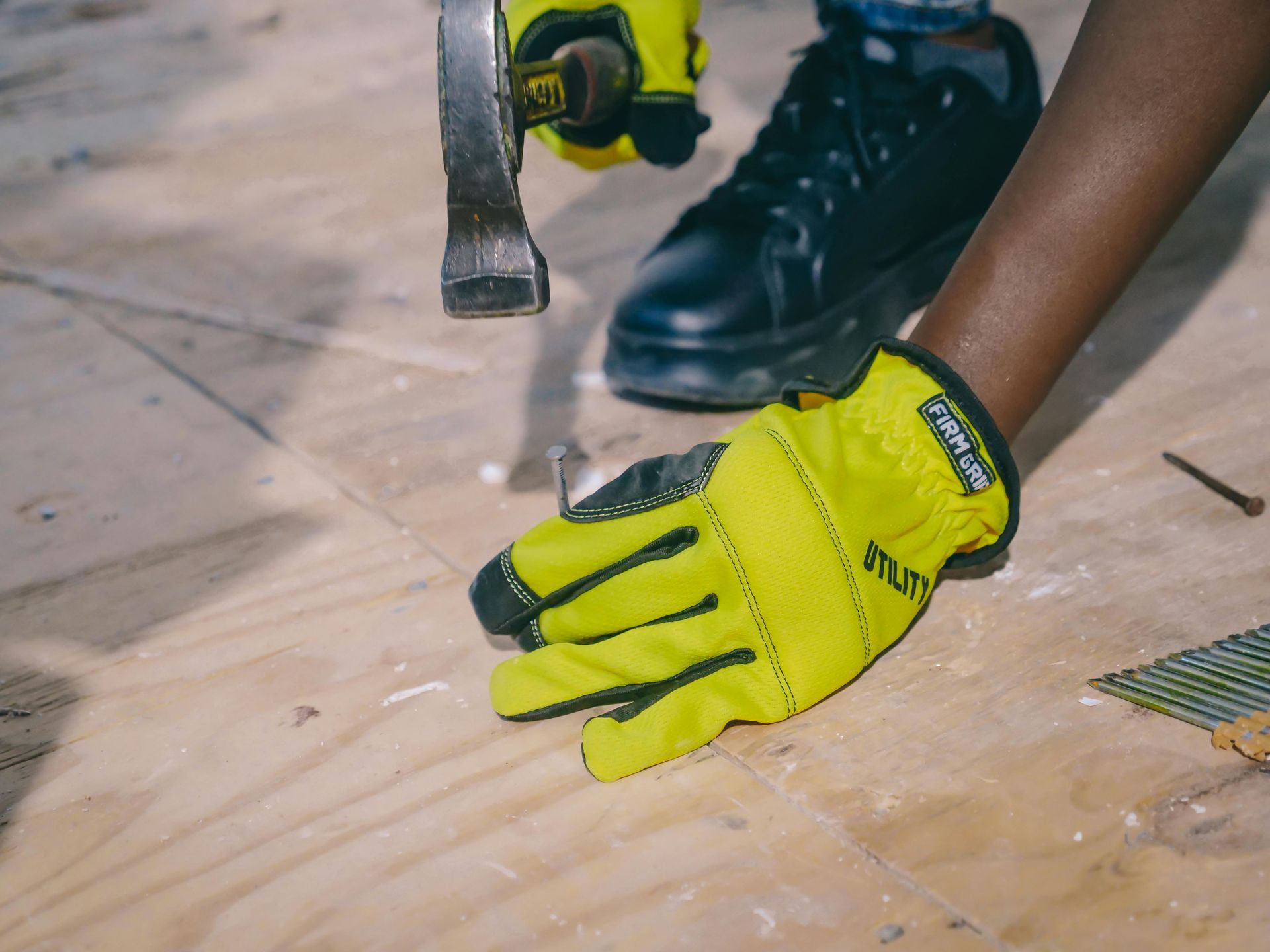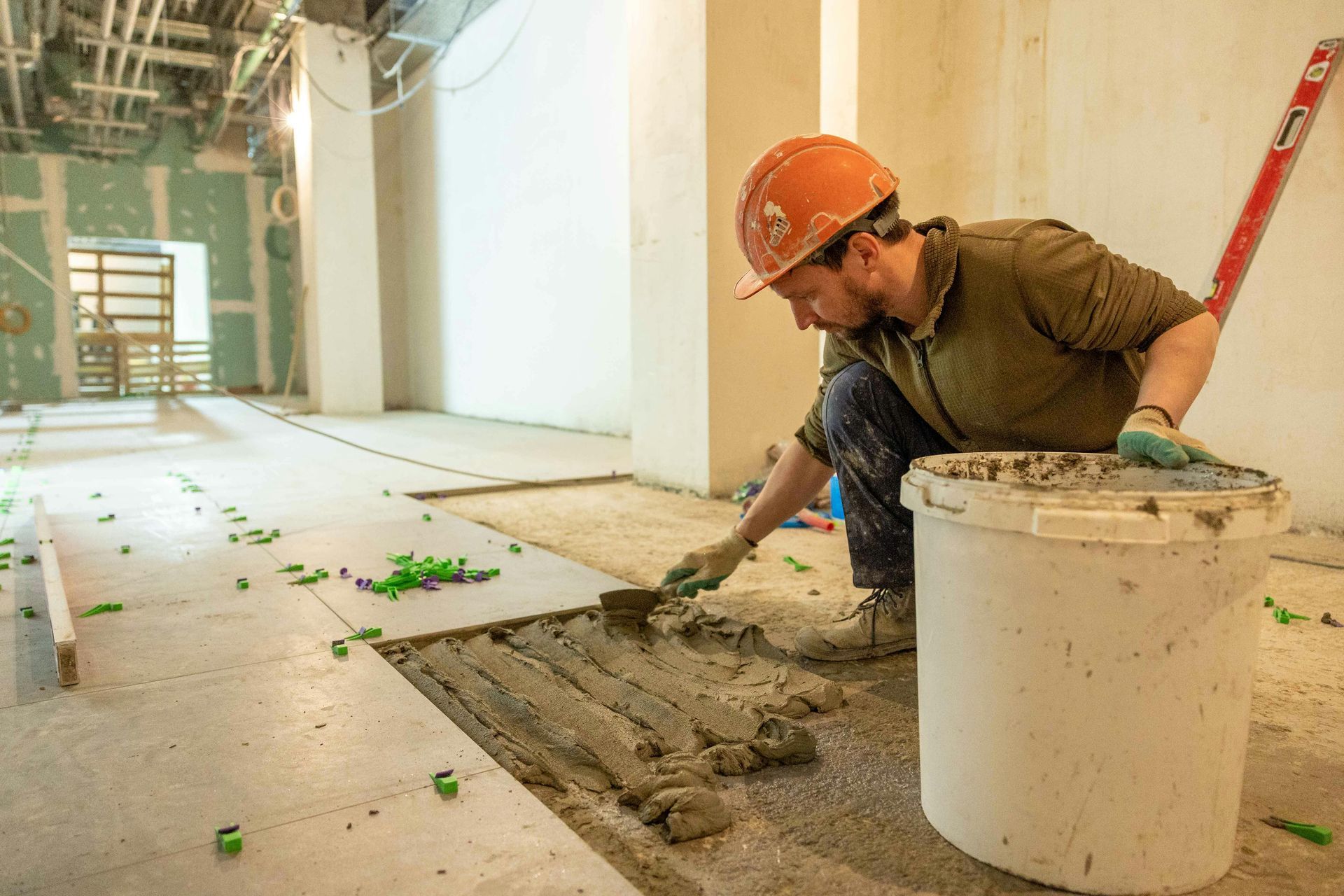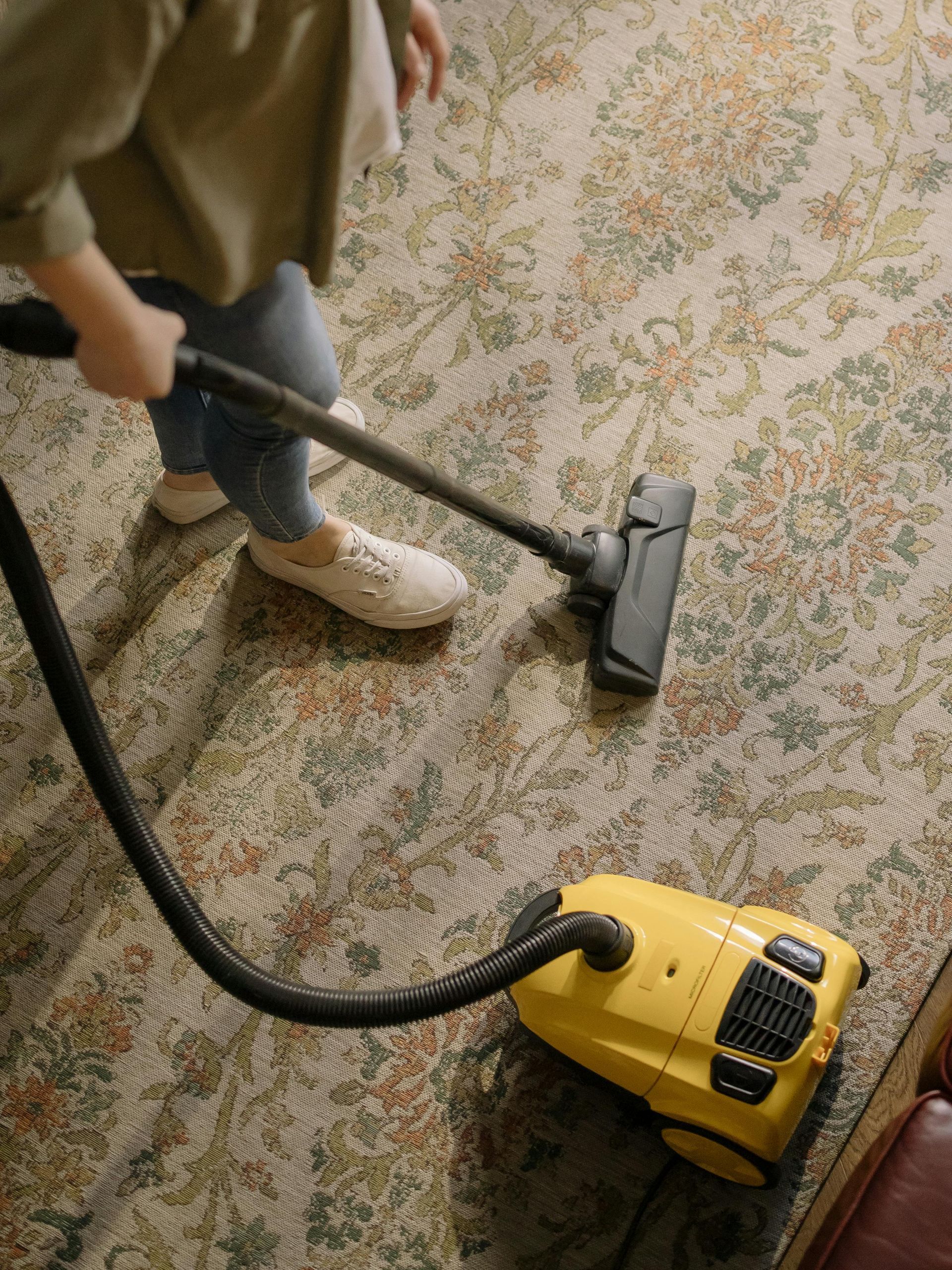The Impact of Humidity on Timber Flooring: What Homeowners Should Know
Timber flooring is a popular among homeowners for its natural beauty and durability. However, the performance and longevity of wood floors can be significantly affected by environmental factors, particularly humidity. Understanding the impact of humidity on wooden floors is crucial for maintaining their appearance and structural integrity. This article will explore how humidity affects timber flooring, the associated risks, and practical tips for homeowners to manage moisture levels effectively.

Understanding Timber Flooring Humidity Effects
Timber flooring is composed of natural wood, which is hygroscopic in nature. This means it can absorb and release moisture depending on the surrounding environment. As humidity levels fluctuate, the effects on your flooring can vary dramatically. Here, we’ll delve into the timber flooring humidity effects and how they manifest in real-world situations.
How Humidity Affects Wood Floors
- Expansion and Contraction:
- High humidity and wood flooring can lead to expansion, causing planks to swell and potentially buckle if they are tightly fitted. Conversely, when humidity levels drop, the wood can contract, leading to gaps between the boards.
- Warping and Cupping:
- Excess moisture can cause boards to warp or cup. Warping occurs when the wood fibers absorb moisture unevenly, while cupping is characterized by the edges of the boards rising higher than the center. Both conditions can compromise the aesthetic and functional aspects of your floors.
- Mold and Mildew Growth:
- Elevated humidity levels create an ideal environment for mold and mildew, which can thrive in damp conditions. This not only poses health risks but can also damage the flooring and the underlying structure of your home.
- Finish Deterioration:
- The finish on wooden flooring can also be affected by humidity. High moisture levels can lead to cloudiness or peeling, while low humidity can cause finishes to become brittle and crack.
Ideal Humidity Levels for Wood Floors
To maintain the integrity of your timber flooring, it’s essential to understand the humidity levels for wood floors. Ideally, indoor humidity should be kept between 30% and 50%. This range helps to prevent both excessive moisture absorption and excessive drying out of the wood.
- Monitoring Humidity:
- Using a hygrometer can help you keep track of indoor humidity levels, allowing you to take action when necessary.
- Seasonal Changes:
- Be aware that humidity levels can fluctuate with the seasons. In summer months, humidity may rise, while winter can bring dry air. Adjusting your home’s climate control systems accordingly can help maintain optimal conditions for your flooring.
Managing Moisture and Preventing Wood Floor Damage
Homeowners need to be proactive in preventing wood floor damage caused by humidity fluctuations. Here are several strategies to effectively manage moisture levels and protect your investment.
1. Use Humidifiers and Dehumidifiers
Investing in humidifiers and dehumidifiers can be an effective way to control indoor humidity levels.
- During Dry Seasons:
- Use humidifiers to maintain moisture levels, especially during winter when heating systems can dry out the air.
- In Humid Conditions:
- Dehumidifiers can help reduce moisture during the summer months, especially in areas prone to high humidity.
2. Proper Ventilation
Good ventilation is crucial for maintaining stable humidity levels.
- Open Windows:
- Allow fresh air to circulate, especially during milder weather.
- Exhaust Fans:
- Use exhaust fans in areas like kitchens and bathrooms to remove excess moisture generated from cooking and showers.
3. Regular Maintenance of Hardwood Floors
Engaging in home maintenance of hardwood floors is essential for preventing moisture-related issues.
- Routine Cleaning:
- Regularly sweep or vacuum your floors to remove dirt and debris that can trap moisture.
- Moisture Control Products:
- Use products specifically designed for hardwood floors that can help manage moisture without damaging the finish.
4. Installation Considerations
When installing timber flooring, consider moisture control measures to safeguard against future issues.
- Acclimation:
- Allow your flooring to acclimate to the home’s humidity levels before installation. This helps minimize expansion and contraction post-installation.
- Moisture Barriers:
- Consider using moisture barriers, especially in areas with high humidity or where moisture exposure is likely, such as basements.
5. Addressing Leaks and Water Damage
Promptly addressing any leaks or water damage is crucial in preventing long-term harm to your flooring.
- Regular Inspections:
- Routinely check areas like plumbing fixtures and roofs for leaks, and repair any issues immediately.
- Water Spills:
- Clean up any spills on your wooden floors quickly to prevent the moisture from soaking in.
6. Professional Assessment
If you suspect that humidity has already caused damage to your flooring, seeking help from professional services can be invaluable.
- Consult Experts:
- Professional assessments can identify hidden moisture issues and recommend appropriate solutions to mitigate damage.
- Moisture Testing:
- Experts can conduct moisture tests to determine if your flooring is at risk and provide guidance on necessary actions.
Conclusion
Understanding the impact of humidity on timber flooring is essential for any homeowner. By recognizing the signs of moisture damage and implementing effective moisture control strategies, you can protect your investment and ensure the longevity of your wooden floors.
From monitoring humidity levels to engaging in regular maintenance, every step you take can help mitigate the moisture impact on wood floors. By being proactive and informed, you can enjoy the beauty and durability of timber flooring without the worry of humidity-related issues. Remember that a well-maintained floor not only enhances the aesthetic appeal of your home but also contributes to a healthier living environment.
About Castle Hill Flooring
Castle Hill Flooring is your go-to destination for high-quality flooring solutions in the Castle Hill area. We specialize in a wide range of flooring options, including hardwood, laminate, vinyl, and carpet. Our experienced team is dedicated to helping you find the perfect flooring that suits your style and budget. With a focus on exceptional customer service, we guide you through the selection and installation process to ensure a seamless experience. Trust Castle Hill Flooring for expert advice, top-notch products, and beautiful results that enhance your home or business.
Categories
Timber Flooring



